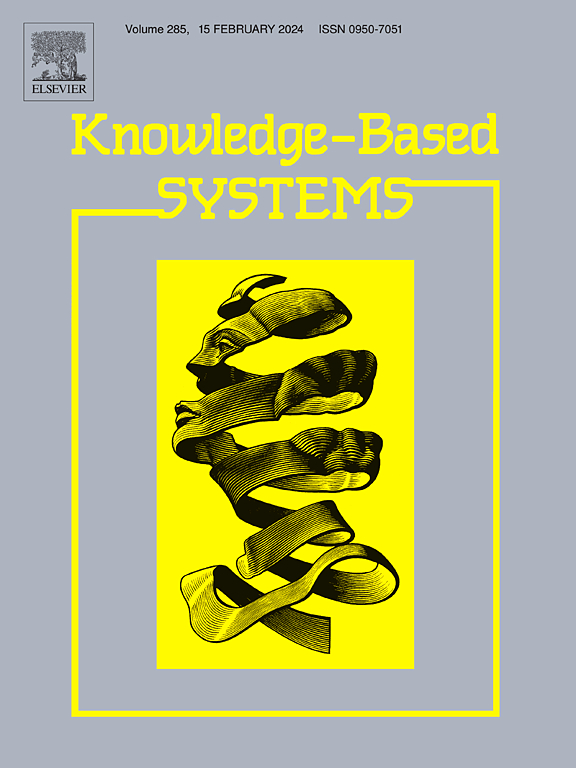A novel multiscale adaptive graph adversarial network for mechanical fault diagnosis
IF 7.2
1区 计算机科学
Q1 COMPUTER SCIENCE, ARTIFICIAL INTELLIGENCE
引用次数: 0
Abstract
The measured signals of mechanical equipment may exhibit distribution discrepancies due to object variations or operational conditions. The multiscale framework has been demonstrated to be effective in enriching features. However, existing methods overlook the structural discrepancies and collaborative contributions at specific scales. Meanwhile, most current domain adaptation strategies predominantly consider class and domain labels, neglecting feature structural shifts, especially in subdomain feature structures. Based on that, a new cross-domain fault diagnosis method for mechanical is proposed in this paper, called multiscale adaptive graph adversarial network(MAGAN). MAGAN consists of a feature extractor, domain adaptation module, and classifier. In the feature extractor, a hierarchical residual multiscale graph learning module is employed to obtain rich features, an adaptive graph learning module is utilized to learn differentiated representations of specific scale structures, and a multiscale fusion module is applied to facilitate the collaboration of different scale features. After that, the domain adaptation module aids the feature extractor in learning transferable features by constructing a measure of subdomain feature structure discrepancy and adversarial domain discriminator. The classifier is then utilized for cross-domain fault diagnosis on the extracted transferable features. Finally, the proposed MAGAN is evaluated using 3 cross-machine transfer scenarios based on a scaled-down test rig for wind turbine gearbox and 12 cross-operating conditions transfer scenarios based on a published bearing dataset. The results validate the transferability and generalization of MAGAN.
求助全文
约1分钟内获得全文
求助全文
来源期刊

Knowledge-Based Systems
工程技术-计算机:人工智能
CiteScore
14.80
自引率
12.50%
发文量
1245
审稿时长
7.8 months
期刊介绍:
Knowledge-Based Systems, an international and interdisciplinary journal in artificial intelligence, publishes original, innovative, and creative research results in the field. It focuses on knowledge-based and other artificial intelligence techniques-based systems. The journal aims to support human prediction and decision-making through data science and computation techniques, provide a balanced coverage of theory and practical study, and encourage the development and implementation of knowledge-based intelligence models, methods, systems, and software tools. Applications in business, government, education, engineering, and healthcare are emphasized.
 求助内容:
求助内容: 应助结果提醒方式:
应助结果提醒方式:


